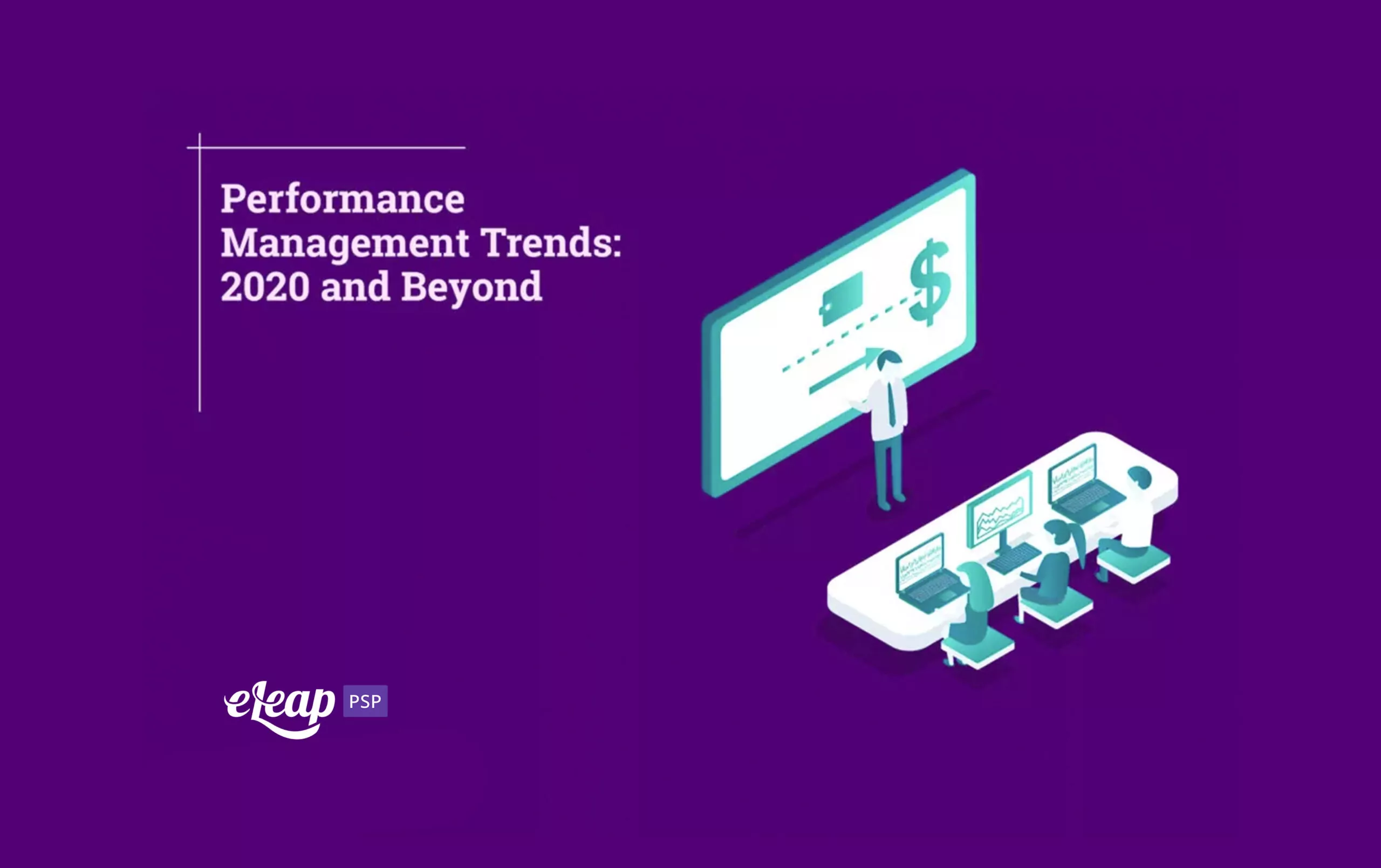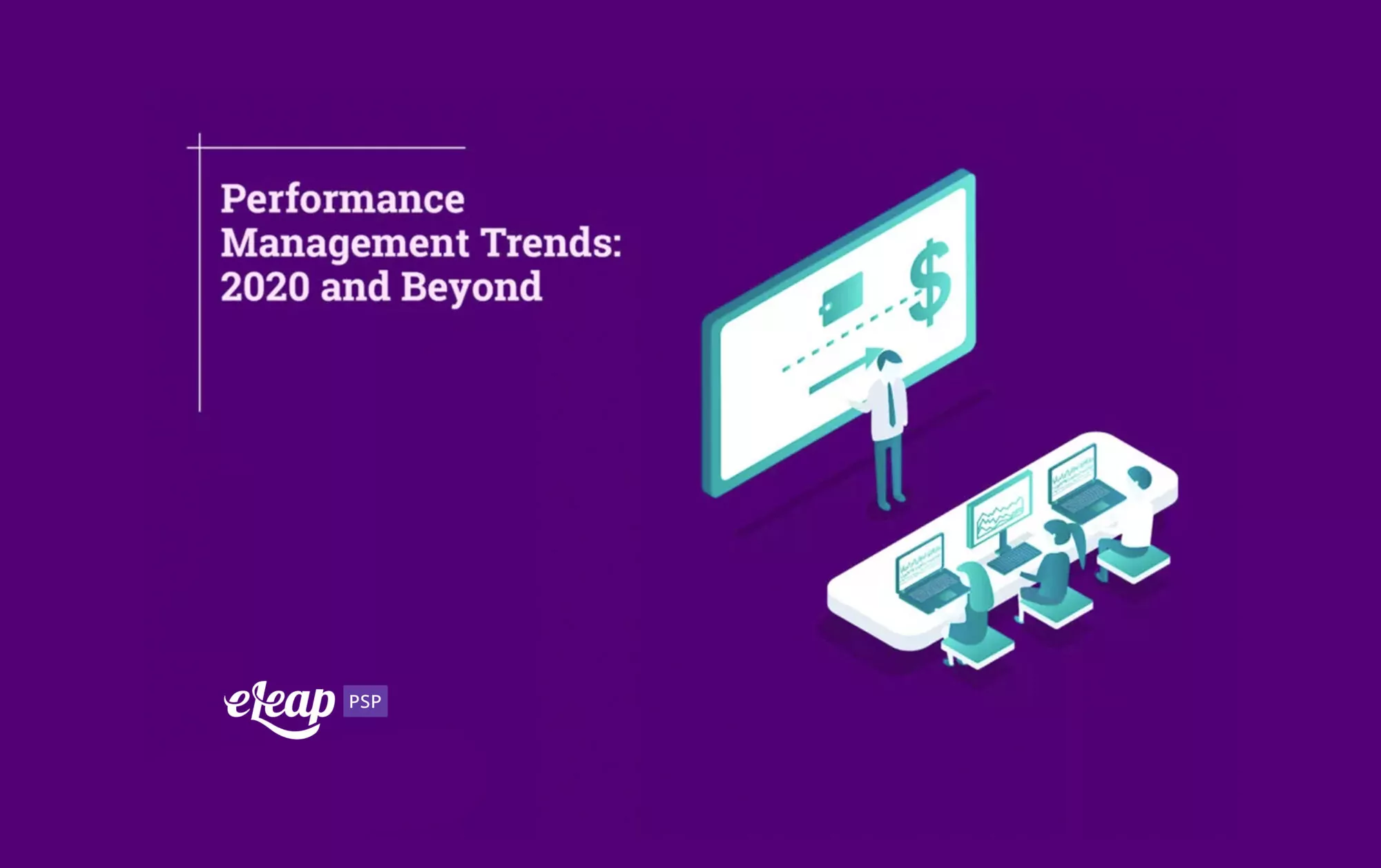Performance Management Trends: 2020 and Beyond

Performance management has changed a great deal in the 21st century. We’ve gone from a world in which annual performance reviews were the norm to one where more and more companies are ditching that model in favor of agile, direct communications. However, the evolution of performance management is far from finished. What are the performance management trends to consider going forward?

What should you expect for the rest of 2020? What about beyond? In this post, we’ll explore some of the more interesting performance management trends and highlight what you can expect moving forward.
Employee-Centric
In the past, performance management has largely been focused on efficiency and reducing the amount of time and effort spent. However, Gartner found that this can reduce workforce performance by a significant amount. More and more companies will focus not on reducing time and effort but on ensuring that systems are in place to help generate relevant feedback for employees and to provide assistance to those employees in implementing feedback.
Performance Management Software Integration
Another trend of note is that performance management software will increasingly integrate with other tools already in use within your organization. This should include your learning management system. By integrating tools more closely, it becomes possible to deliver a more seamless experience for employees. For instance, imagine being able to provide agile feedback about an issue with an employee’s performance and then deliver virtual training to help them develop the skills and knowledge to implement immediate changes.
Continued Job Hopping
Millennials make up an increasingly large percentage of the workforce, which makes sense when you consider that the oldest of them are in their 30s. As they make up more of the workforce, you can expect them to continue their job-hopping habits. Most Millennials only remain with an employer for two to three years before seeking something else. With that being said, modern performance management techniques combined with a focus on employee development and talent retention can help reduce that churn and provide your organization with a stable, long-term workforce made up of key talent.
Spending More Time on Performance Management
Managers need time to manage. However, many organizations pile on the responsibilities, relegating performance management to the back burner. In 2020 and beyond, look for that to change as more organizations realize that if a manager is going to work effectively, they need the time to do so. What’s more, managers require a greater amount of time than you might imagine. Managers need time to focus not just on their own workloads but on coaching their team, developing team members, and providing timely feedback. Look for more companies to do away with annual performance reviews and provide greater flexibility for managers to, well, manage.
A Shift toward Treating People as Humans
This one might sound a little strange but bear with us. In the past, employees were treated as assets of the business. They were nurtured as well as possible, but only as far as an immediate return for the business could be seen.
Today, things are starting to change, and beyond 2020 you will see more employees being treated as human beings rather than cogs in the machine. What does that mean, though? Simply put, it means that managers are starting to take a holistic view of the people they manage.
- Are they struggling with things at home that might be affecting work performance? What can be done?
- How can they help develop employees, not just for their current position, but for a rewarding career overall?
- How can they help balance work and life?
These are just some examples of how things are changing. The entire point is to help create better engagement, bolster productivity, and retain key talent.
Limited or No Critical Feedback
Take a look at your annual performance review process, and one thing that should stand out very well – it’s all critical feedback. It’s also all hindsight. It can’t be anything, but since everything the review covers is, at best several weeks in the past, but possibly months old at this point.
Critical feedback might sound like the best option. You’re providing concrete information to help employees develop, right? Actually, according to some metrics, you’re actually damaging performance. Only about 14% of employees agree that these sessions are inspiring. The other 96%? Well, they take a less enthusiastic view.
So, what should you do? Actually, the trend is toward a coaching mindset rather than providing critical feedback. Instead of criticizing, you help build employees up. The difference here comes from several things, including the following:
- Timely – Instead of waiting months or even an entire year to provide feedback, you do so in a timely manner when an employee actually has a chance to do something about performance issues.
- Constructive – Rather than being critical, feedback should be constructive. Focus on ways to build people up rather than tearing them down. Offer solutions, don’t just highlight problems.
- Integrate with Training – Provide employees with access to learning and development tools so they can build the skills necessary to achieve improvements in performance.
Data-Driven
Finally, look for a shift away from sentiment and toward data. Rather than saying, “I feel you could improve your performance in X and X,” you’ll be able to provide hard data that shows areas where improvement is needed based on real-world occurrences. That shift toward data will be accompanied by the adoption of new software, particularly when it comes to things like compensation management, talent management, and tracking learning and development across the team.
In Conclusion
Performance management is evolving, and the rate of change is accelerating. These are just some of the trends to watch in 2020 and beyond. Overall, look for a more holistic approach to take center stage, supported by advanced software that makes it possible for managers to do what they do best and for employees to develop their full potential.